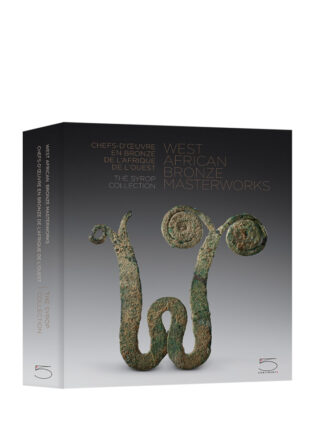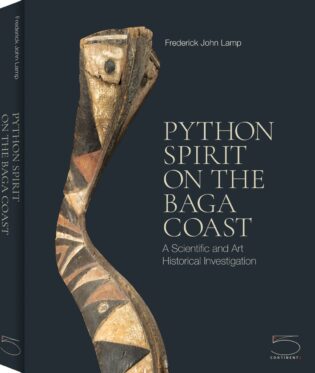Visages d'ancêtres guerriers
Text by Frank Herreman
A treasure trove for lovers of African art
The Salampasu people live in the province of Kasaï-Oriental in the Democratic Republic of Congo. Throughout their history, they have resisted domination by neighbouring Luba, Chokwe and Lunda peoples, but in the end they had to defer to the rule of the Belgian colonial authorities.
The Salampasu have no supreme leader, each village having its own warrior society to protect it against hostile outsiders. The warriors also organise events featuring special masks that belong to elderly warriors, who are also their custodians. It is they who give young men permission to dance with the masks.
Salampasu masks have a highly distinctive appearance: a large, rounded forehead, a broad, flat nose, deep-set eyes and an open mouth with filed teeth. There is also great variation in the way the faces are painted or covered in metal. The result is a dramatic, even aggressive expression designed to bring the warrior ancestors back to life.
The Lanfranchi Collection consists of some fifty masks in total. This book describes and analyses each mask, enabling similarities and differences between them to be highlighted. It then becomes possible to make conjectures concerning whether certain masks were made by the same sculptor or come from the same workshop.
Frank Herreman has been director of the Antwerp Ethnographic Museum (1989-1995) and director of exhibitions and publications at the Museum for African Art, New York (1995-2004). He has organised several exhibitions on the arts of Africa and Oceania, including Face of the Spirits: Masks from the Zaire Basin (Antwerp, 1993), Hair in African Art and Culture (New York, 2000), In the Presence of Spirits: Selections from the National Museum of Ethnology, Lisbon (New York, 2000), Material Differences in African Art and Culture (New York, 2003) and Oceania: Ritual Signs, Authority Symbols (Brussels, 2008).




